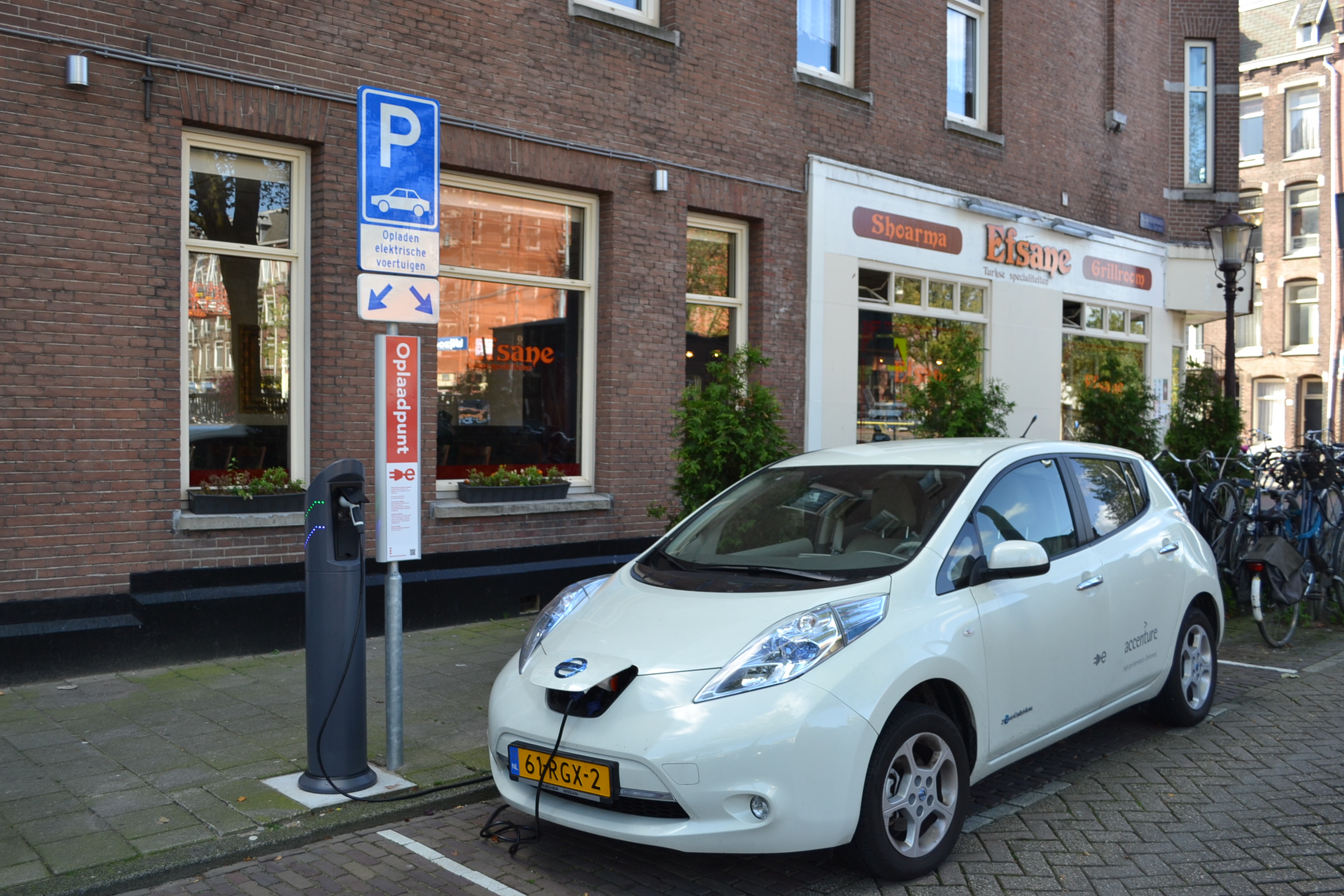A staggering 11,842 ultra-low emission vehicles (ULEVs) were registered in the UK between January and May 2015, according to the Society of Motor Manufacturers and Traders (SMMT). This represents a four-fold increase in figures for the same time period in 2014 and is clear evidence of UK motorists’ increasing awareness of the importance of energy conservation and eco-friendly driving behaviour. The rising figures also suggest an ongoing appreciation of ULEVS‘ lower associated running costs.
There are around 20 ULEV models on the British market now. These include plug-in hybrid vehicles that run on electricity and then switch to petrol as the charge runs out. By comparison, there were just six ULEV options in 2011. Manufacturers are responding to consumers’ desire for choice in this area and taking advantage of the rapid development of low-emission vehicle technology and funding.
To be classified as a ULEV, a vehicle must produce less than 75g of carbon dioxide for every kilometre travelled. The government has committed to reducing its greenhouse-gas emissions by 80% (compared to 1990) by the year 2050 and has therefore introduced several tax benefits for driving such a car. For example, electric cars are currently exempt from fuel duty and vehicle excise duty, while the electricity used to plug in and recharge a vehicle at home attracts a much smaller level of VAT (just 5%) than other road fuels do (20%).
In addition, government grants are currently available, for up to £5,000, to help purchase a ULEV that’s eligible for the scheme. Since 2011, which is when the grant scheme first began, more than 25,000 claims have been made. Further investment has been made in the infrastructure required to run them, such as plug-in points.
As sales continue to rise and people remain loyal to their environmental credentials, so we shall see more and more ULEVs flooding the second-hand car market. One of the pricier options for buying brand new, they are often owned by more affluent, responsible drivers who will take good care of them, making them a sound second-hand investment.
A typical replacement cycle for a new car is around three years, meaning that there is usually plenty of life left in the ULEV models being upgraded. Popular ULEVs, according to the SMMT, include the Mitsubishi Outlander PHEV, the Nissan Leaf and the BMV 13 and 18.
Emma Ward
Latest posts by Emma Ward (see all)
- A Guide to Alternative Car Fuels - May 3, 2016
- The 3 Main Car Finance Options and How to Choose the Best One for You - April 5, 2016
- Behind the Wheel – How to Dress for an Easy Drive - March 3, 2016






